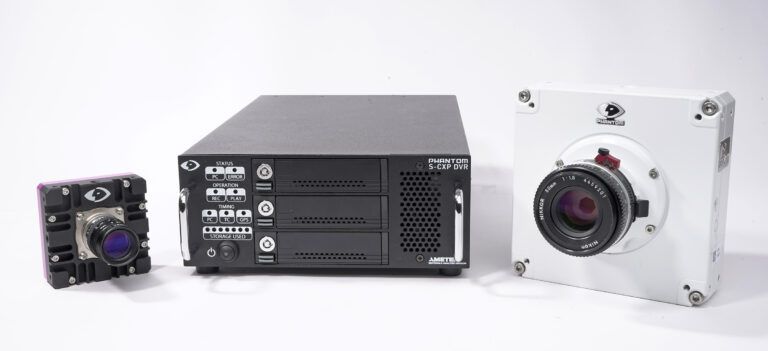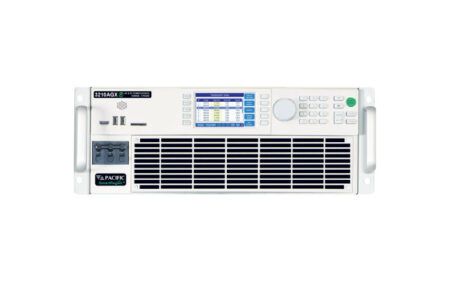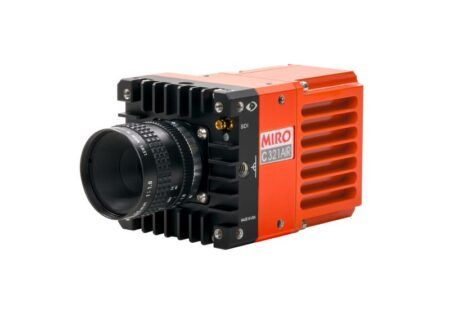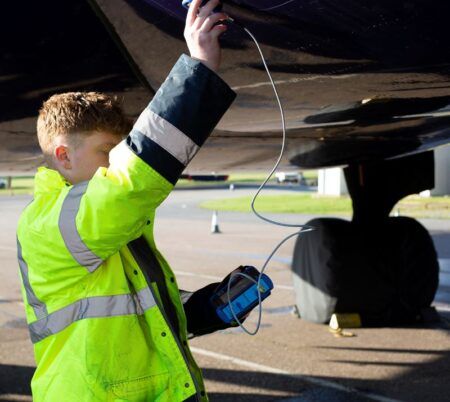The latest camera systems provide direct image recording to more than 22 terabytes of storage for long-duration, high-speed testing.
Aerospace and industrial imaging applications often require high frame rates for effective motion analysis. Impact testing, new material development, structural analysis, and explosives and ballistics studies are examples of traditional, yet critical areas where high-speed cameras are used every day.
These tests can require extremely high frame rates, several thousand frames-per-second (fps), for short durations. Researchers can then visualize and measure the high-speed events.
A separate, but common imaging requirement involves recording a continuous image stream for several minutes or hours at a time. This can be used to monitor and inspect a complete activity or test. It may also be used in conjunction with machine vision systems, where the image stream is processed on-the-fly for automation and tracking. These systems are often limited when it comes to overall throughput, sacrificing frame rate and resolution.
Vision Research’s latest solution allows long-duration recording at the high frame rates and image quality for which Phantom cameras are well known. The Phantom S-CXP DVR, available in different memory capacities, connects to any one of the Phantom high-speed machine vision cameras over CoaXPress (CXP6), and the system is fully controlled using Phantom PCC software. Images saved to the DVR are offloaded in the versatile Phantom Cine Raw format.
Each DVR accommodates one bank of four CXP channels, for a data rate up to 2.2Gpx/s. When being used with the Phantom S210 for example, which is also powered over the CXP link, it is a simple and convenient setup in most environments.
The Phantom S210 will record 1,760fps at 1280 x 1024 resolution for 160 minutes to a 22TB DVR. The image stream can continue until full, or it can be stopped and started several times as the memory fills up, resulting in several recordings. After a recording is done, it is available for review immediately. Cine files can then be downloaded and / or converted, image adjustments applied and basic measurements can also be performed all in the same software.
For higher speed applications, the Phantom S640, S710 and S990 camera models each incorporate 16 CXP6 channels, accessed via four banks of four channels each. This is required to access the camera’s full throughput driven by the sensor, because a single bank is limited to 2.2Gpx/s. A Phantom S640 incorporates a four-megapixel 2560 x 1600 sensor and will run at 550fps over one bank. To achieve higher frame rates, two banks will stream over 1,000fps and four banks will stream 1,480fps at full resolution. Even higher frame rates become possible as the resolution is decreased.
For compatibility at these increased rates, two or four DVRs can be used together. Each DVR is connected to one bank on the camera and the computer running the software. PCC handles stitching the image together for live preview, playback, and the saved Cine files. For applications that require IRIG time code and signals via the camera’s GPIO interface, the input signals to the camera are saved to the recorded images.
This solution is an integral part of the Phantom High-Speed ecosystem. Applications involving wind tunnels and aerodynamics can benefit from the ability to record several positions and tests without the need to download in between each angle adjustment. The 9.4 Megapixel Phantom S990 can be used to monitor rocket deployments and long-range testing in extreme detail, without being limited to a RAM buffer.
These are just some examples of how the Phantom S-CXP DVR can be used to open
up new possibilities for industrial and aerospace imaging.
This article was supplied by Vision Research





